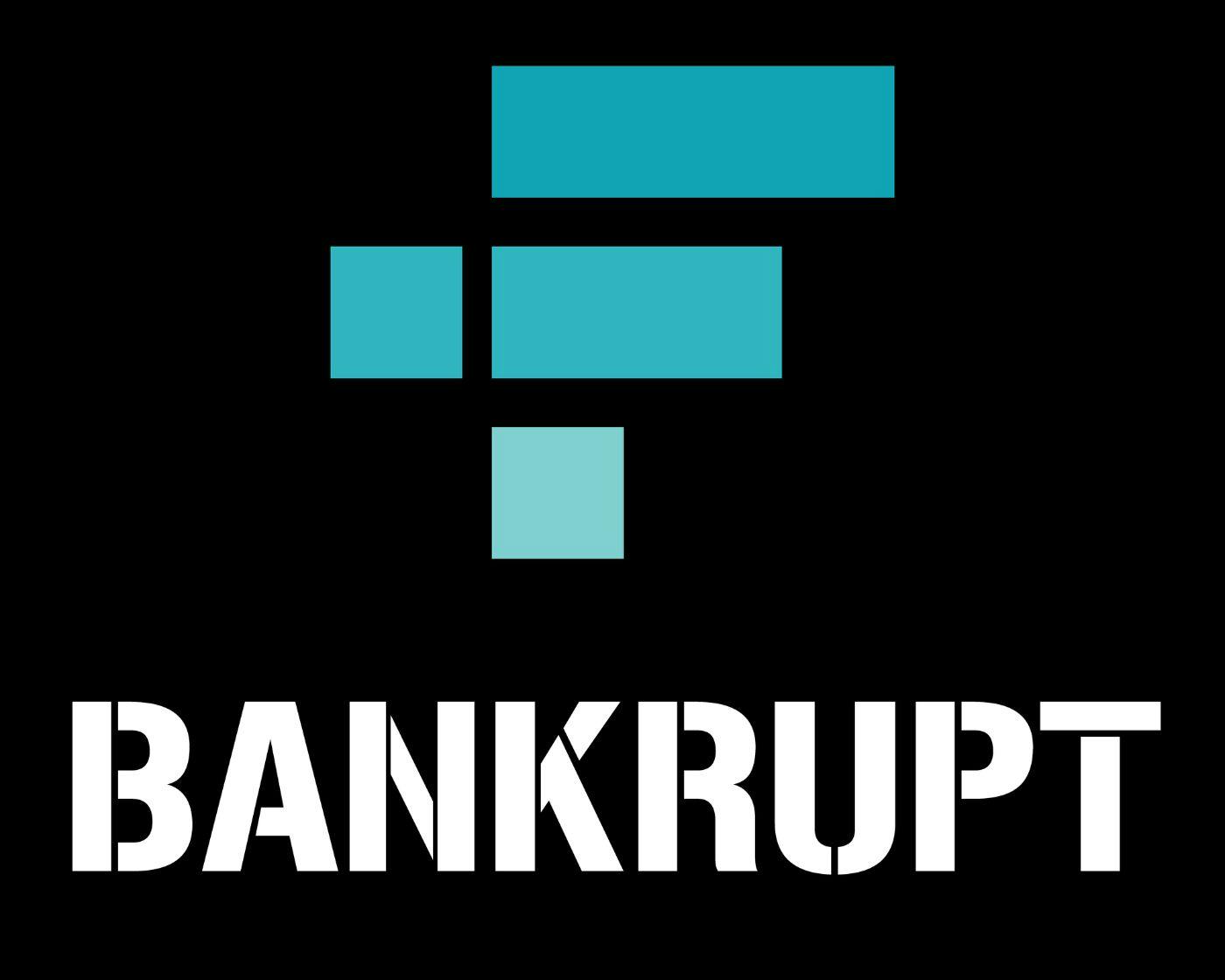About 2 weeks ago, the #2 crypto exchange in the world crashed. Since then, reports, one after another, have given us much fact and speculation. Now that FTX has filed for bankruptcy and the full story almost settled down, let’s go back to the beginning of this rollercoaster ride in hell, shall we?
What is FTX?
Most people know of FTX as an exchange. The FTX exchange is huge in the US due to the unavailability of Binance and FTX’s elaborate sponsoring in the sports scene (from Major League Baseball to the Esport org
Why Did FTX Collapse?
There have been many downfalls of exchanges in the past; for example, Mt. Gox was the largest crypto exchange once upon a time, but multiple hacks that caused a loss of 850,000 BTC ($460,000,000 at the time) completely buried the company underground. The case for FTX proves to be not just one simple hack but something much more complex.
On the surface, the FTX collapse is straightforward:
To fully understand the story, we need to ask a few questions. Why did Binance sell its FTT? Well, turns out that Alameda, FTX’s hedge fund, was using FTT to trade crypto (basically using customers’ funds for risky trades). When the report came out, Binance took it as an opportunity to destroy its rival under the pretense of ‘risk management, learning from LUNA’.
Next up, why can’t FTX pay its customers? This again goes back to Alameda. The 2 companies both belonged to Sam Bankman-Fried, and although he said they were 2 separate entities, it turns out that they are way too close—unethically close. Alameda had access to FTX’s back end, managed its withdrawals, and could draw on FTX’s customer funds. Because of numerous failed investments, Alameda ended up owing FTX somewhere around $10 billion. As a result, FTX simply didn’t have the funds to pay its customers.
Lessons To Be Learned
This nightmare of a story is still being unfolded, and later revelations may make me see it in a different light, but as of now, these are 2 sentiments that stick in my head:
- Cryptocurrency originates from the idea that a lack of government control over finance would lead to a better world. While that might still hold some truth (since FTX, despite dealing with crypto, is very much centralized), we can clearly see how risky the lack of government regulations can be from this case. Countless people’s life savings are now potentially lost.
- Never trust an exchange. We have seen absolute empires fall in a week: FTX was the number 2 exchange in the whole world, yet they blatantly lied to people all along: word for word from FTX’s terms of services: “None of the Digital Assets in your account are the property of, or shall or may be loaned to, FTX Trading”. Use an exchange for their services, but keeping your assets in a cold wallet is worth it.


